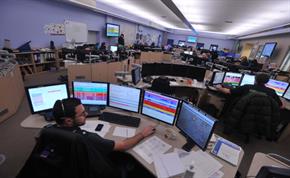WannaCry Ransomware cyber-attack: A summary

Today, as part of Business Continuity Awareness Week, we’ll be taking a look at the recent WannaCry cyber-attack; what it was and how it affected the NHS.
The malicious Ransomware program, named WannaCry, that was used in the attack locks computer files until a ransom is paid, as its name would suggest. It is not a new virus, and it is said that there are also many other strains of Ransomware which cyber-security experts believe have been given a new lease of life.
Across the world, more than 200,000 people were said to have been affected. In the UK, some NHS Trusts were impacted, including organisations within our region. It also affected a number of GP surgeries and Dental practices across the country.
Unlike many other malicious programs, this strain has the ability to move around a network by itself, instead of having to rely on users manually spreading the coding by opening and subsequently releasing the virus. Once it has gained entry to a network, it is then able to spread rapidly through to a large number of machines.
This is where a number of organisations have suffered. The virus quickly spread throughout their networks, causing major problems with their information systems, meaning they were forced to cancel or reschedule appointments and procedures.
Although the attack was not specifically aimed at NHS services, it has shown that every organisation needs to be prepared. It is a credit to our IT and on call teams how we managed this issue over the weekend, but we must all remain vigilant as the cyber threat is not going to go away anytime soon.
Published 16th May, 2017
